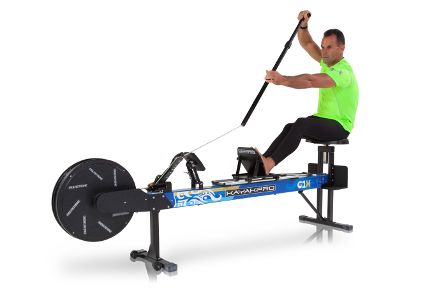Dragon Boat racing is not just a water sport. It is a thrilling test of strength and endurance that demands peak physical condition. The first powerful strokes of a race require a significant force, pulling the boat from a standstill. Sustaining that momentum demands continuous effort. In the world of dragon boating, where each stroke counts, the importance of strength training cannot be overstated. This post selects just one component of a good dragon boat paddler: STRENGTH.
Strength in dragon boating is more than just raw muscle power. It is the ability of muscles to exert force against resistance. The upper body plays a crucial role in each stroke, requiring localized strength to propel the boat forward. On the flip side, excess muscle bulk in the lower body may not contribute significantly to paddling efficiency. Therefore, a well-rounded strength training program should focus on enhancing the specific muscle groups required for dragon boating.
It’s essential for both coaches and paddlers to recognize that the early improvements observed after initiating a strength training program are often related to learning how to do the exercises properly rather than immediate physical changes. As novices learn the correct techniques of resistance training exercises, neural pathways become more efficient, resulting in increased muscle engagement.
Studies suggest that untrained individuals typically utilize only around 50% of their available muscle. Through consistent strength training, this utilization can surge to over 90%, marking a significant enhancement in performance.
Also, the machines we use to measure our fitness (e.g. paddling ergo’s) have a learning curve to them. Crack the “code” on the device and you will get better results before you even start getting fitter, stronger or develop neural pathways.
How do you crack the code?
For example, on a paddler erg, spend time on it – embrace it! Ideally your technique on the machine should align with your club’s. Then try different stroke rates and stroke lengths until you find a zone where you consistently get your best results. Now you can use that rate and length as a benchmark for your future tests.

Beyond the initial learning phase, the muscle undergoes a noteworthy transformation known as hypertrophy. This is characterized by an increase in muscle size. This change is closely tied to strength gains and is a testament to the effectiveness of a well-designed strength training regimen.
Note The aim is to get stronger and not necessarily build bigger muscles.
Additionally, strength training contributes to the improvement of tendons and ligaments surrounding the joints, enhancing structural and functional strength. This adaptation is crucial for joint stability, a key element in preventing injuries.
Key Takeaways:
…. The remainder of this content is for members only…













